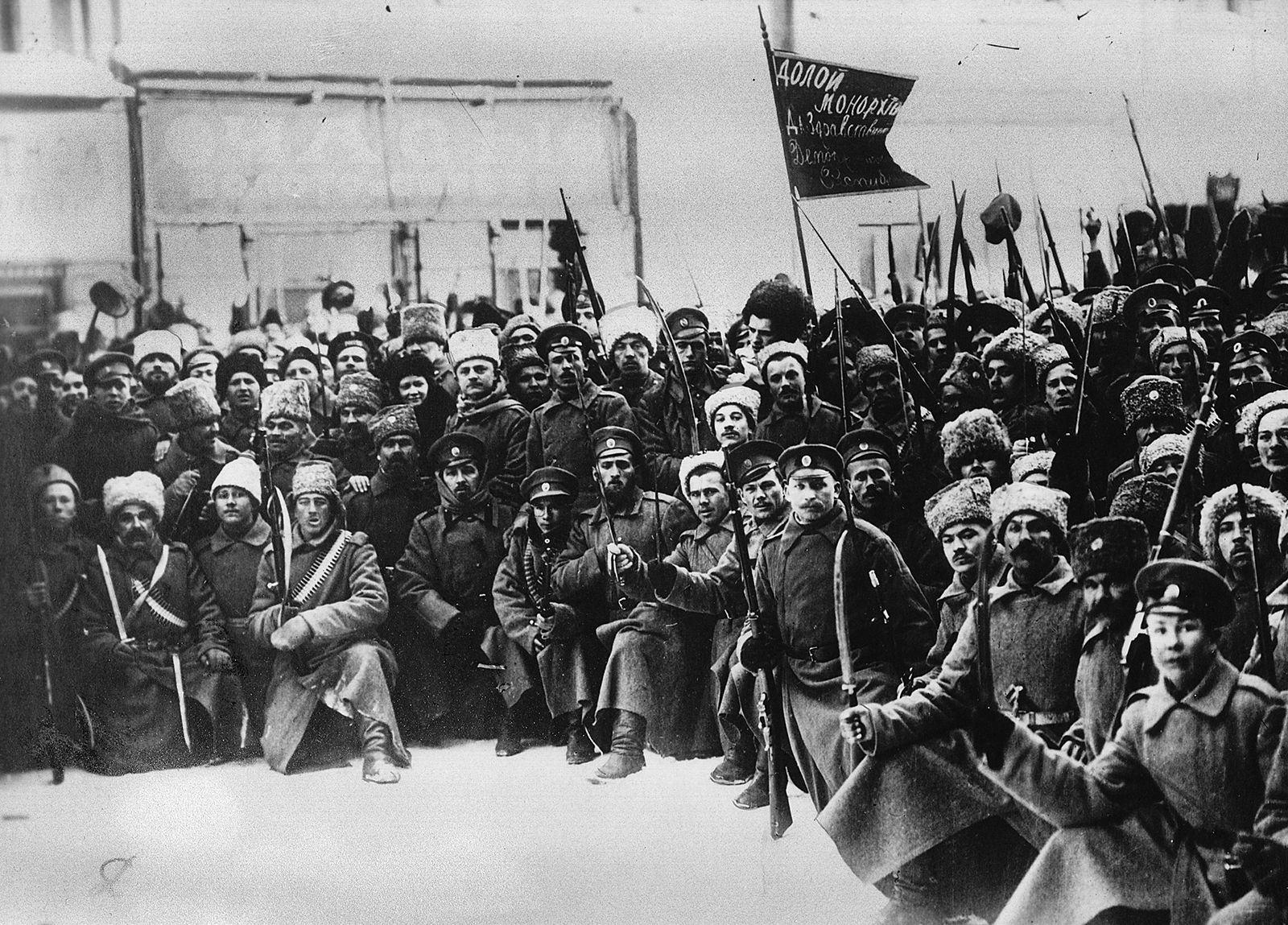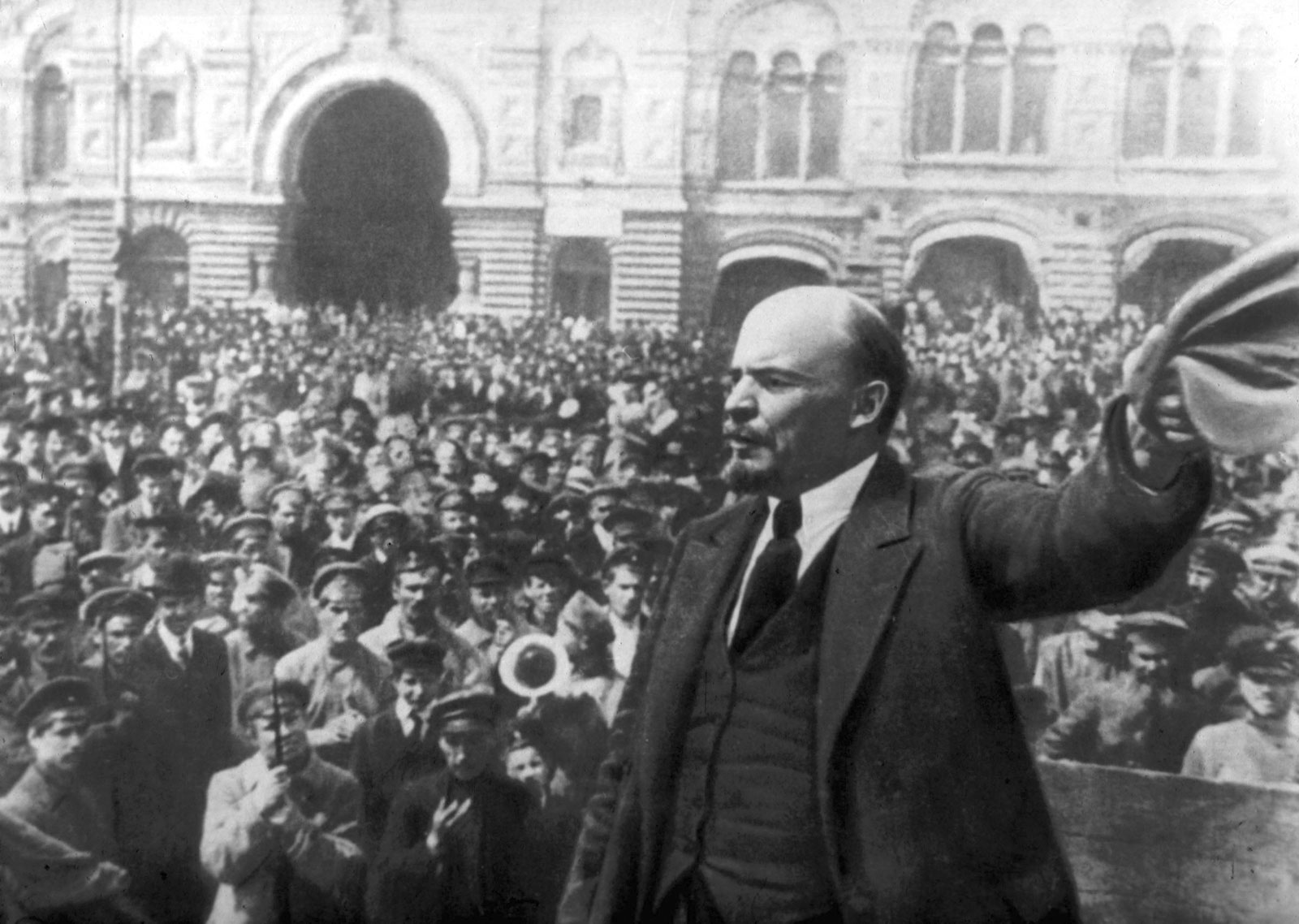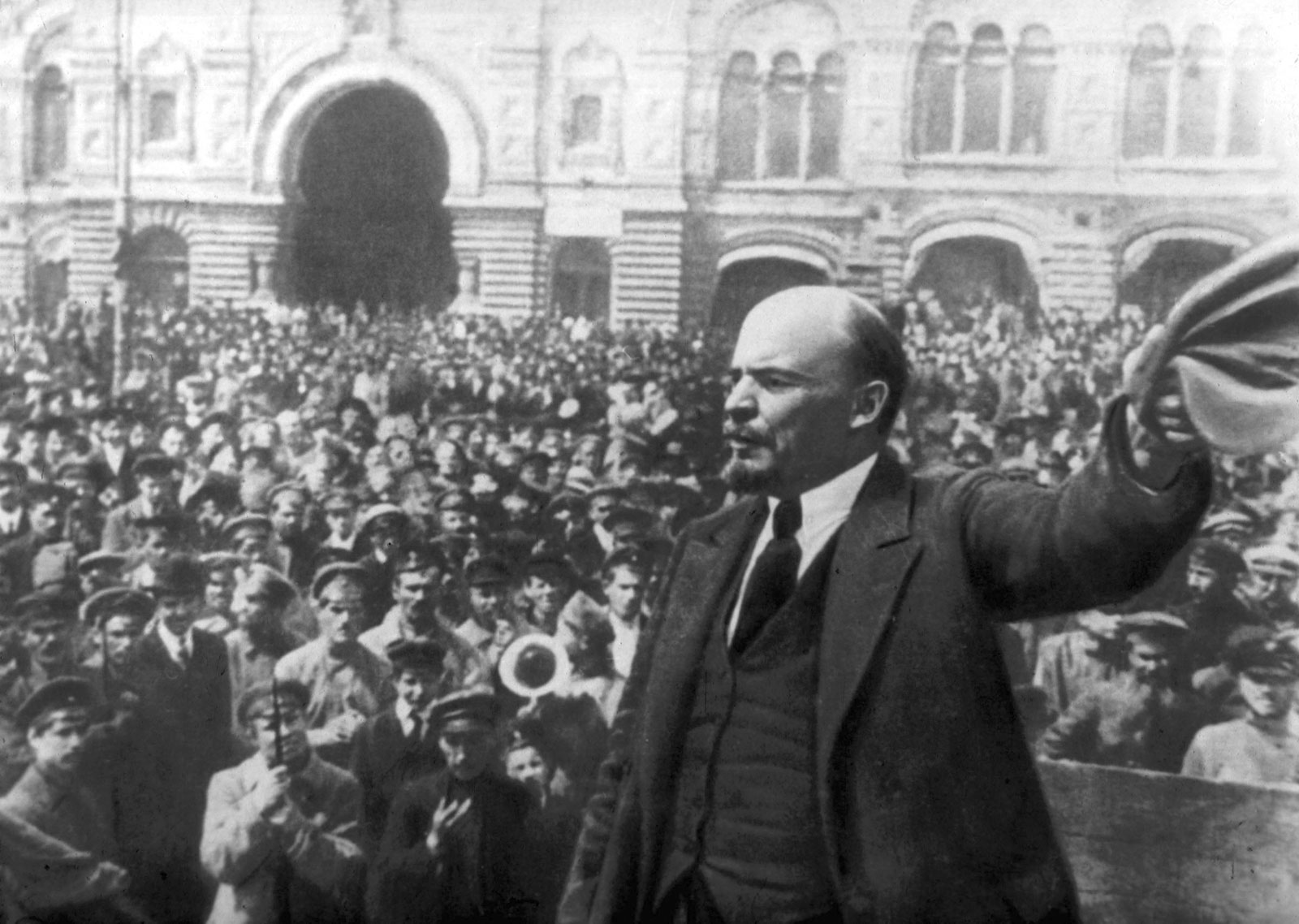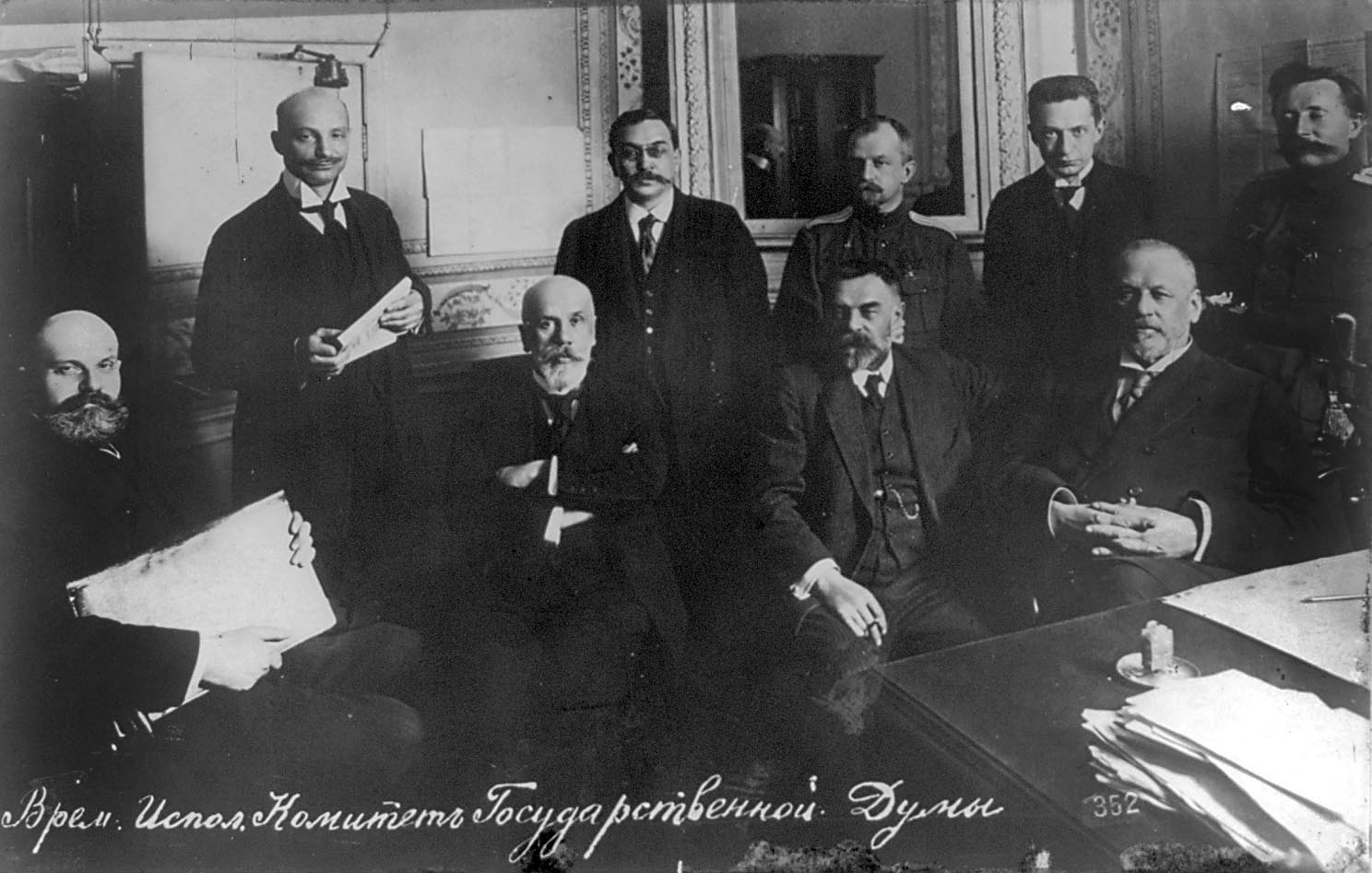Civil War, 1918-1921 | The Russian Revolution of 1917
During the months following Brest-Litovsk, disorder in the countryside as a result of requisitioning and class warfare was swelled by the outbreak of open civil strife. During the war a legion of Czechs resident in the country and of deserters from the Habsburg armies had been formed inside Russia.








